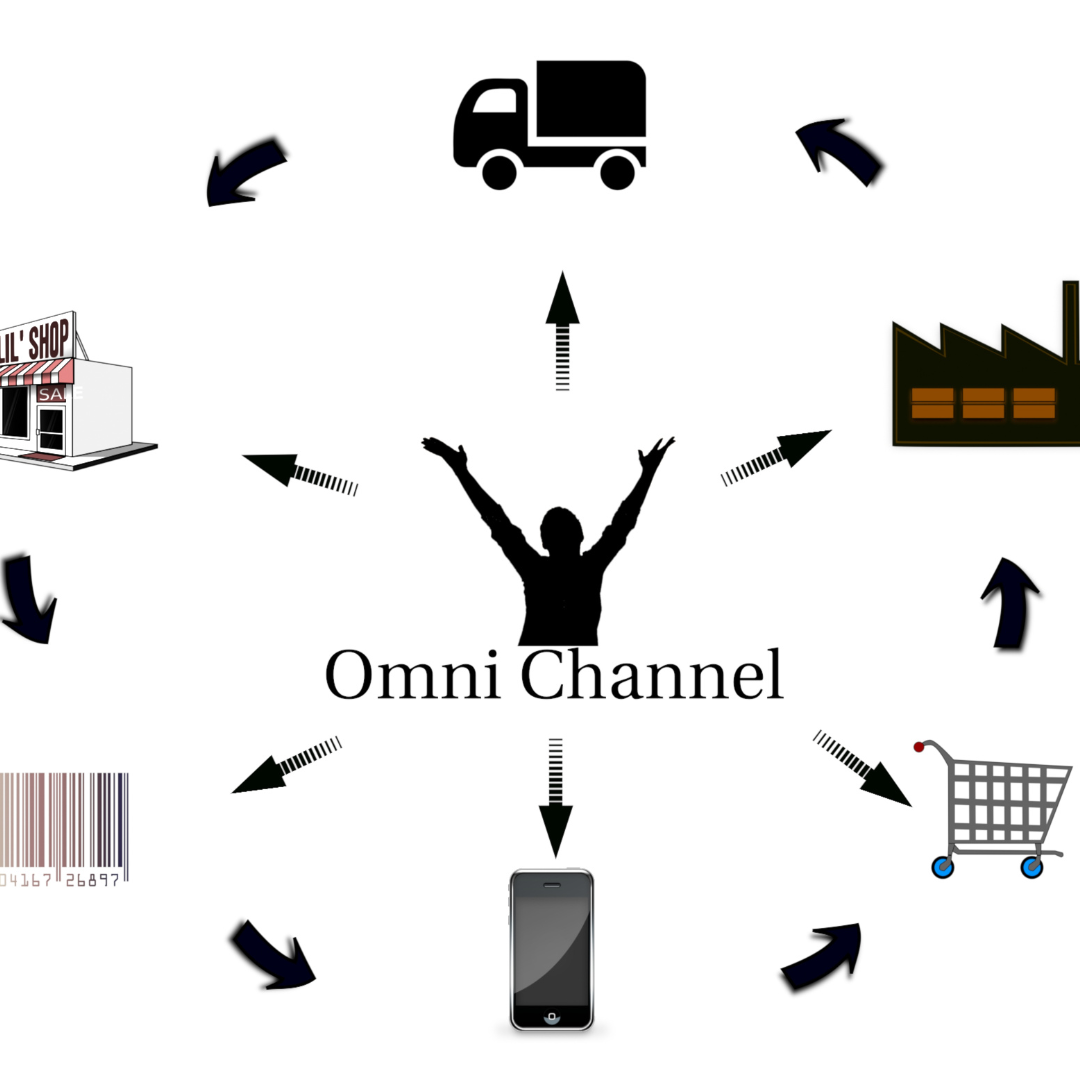Managing outsourced teams effectively is crucial for entrepreneurs seeking to enhance productivity and drive growth. Establishing clear communication channels and setting measurable goals are essential strategies for ensuring that remote teams stay aligned with the organization’s objectives.
In a landscape where outsourcing is increasingly common, understanding how to integrate external teams into the existing workflow can make or break a project. Successful entrepreneurs prioritize building relationships and trust, which fosters collaboration and innovation across diverse teams.
Implementing regular feedback loops and performance assessments helps to maintain accountability and encourages continuous improvement. By embracing these practices, businesses can leverage the full potential of their outsourced teams, leading to improved efficiency and a stronger competitive edge.
Understanding the Basics of Outsourcing
Outsourcing involves delegating specific business functions or processes to external partners. This practice offers various advantages, including access to specialized skills and potential cost savings. Several key aspects define the effectiveness and implications of outsourcing.
Defining Outsourcing and Its Benefits
Outsourcing is the process of contracting out certain business operations to third-party service providers. This can include areas like customer support, manufacturing, or software development.
Benefits of outsourcing include access to a global talent pool, allowing companies to find the right expertise for their needs. By leveraging external resources, businesses can focus on core activities while improving operational efficiency. Common reasons companies choose outsourcing include:
- Flexibility: Companies can scale operations up or down as needed.
- Cost Efficiency: Reducing overhead costs associated with hiring and training full-time employees.
- Enhanced Focus: Allowing internal teams to concentrate on strategic initiatives.
The Importance of Specialized Expertise
Engaging with outsourced teams provides access to specialized expertise that may not be available in-house. This is particularly relevant in industries requiring specific technical skills, such as software development.
Outsourced teams often possess deep industry experience and advanced technical knowledge. This can significantly enhance the quality of projects by bringing in fresh perspectives and innovative solutions.
Additionally, outsourcing allows companies to stay current with trends and technologies. Instead of investing time and resources in training, organizations can rely on experienced professionals. This strategic move can accelerate project timelines and improve overall outcomes.
Evaluating Cost Savings and Risks
Evaluating cost savings is a fundamental consideration in outsourcing. By appointing third-party providers, businesses can often reduce operational costs significantly. This includes salary expenditures, training costs, and infrastructure investments.
Despite potential savings, there are inherent risks in outsourcing. These include:
- Quality Control: There may be a gap between expectations and delivered quality.
- Communication Barriers: Different time zones and cultures can complicate collaboration.
- Dependency: Relying on external providers may expose businesses to risks if those providers face challenges.
A thorough assessment of these factors is essential for making informed outsourcing decisions. Balancing potential savings with associated risks will help organizations assure their continued success.
Strategies for Effective Management
Managing outsourced teams requires precision and strategic approaches. Focusing on clear goals, communication, quality control, and time zone management enhances collaboration and productivity.
Establishing Clear Goals and Expectations
Clear goals and expectations serve as the foundation for successful team management. They provide direction, enabling team members to align their efforts. To establish these, leaders should create SMART goals: Specific, Measurable, Achievable, Relevant, and Time-bound.
Set objectives for both short-term and long-term projects. This allows team members to understand how their contributions fit into overarching company goals. Using project management tools like Trello or Asana can help track progress and ensure accountability.
Regularly revisit these goals to adjust for evolving project needs or team capabilities. This fosters a sense of ownership among outsourced teams, improving motivation and performance.
Maintaining Open Communication Channels
Open communication is vital for managing remote teams effectively. Utilizing a mix of synchronous and asynchronous communication methods helps accommodate various working styles and schedules.
Platforms like Slack or Microsoft Teams facilitate real-time discussions. For detailed feedback or project updates, emails or video calls can be more effective. Regular check-ins, whether daily or weekly, help to create a rhythm in communication.
Encouraging team members to share challenges fosters a culture of transparency. This not only aids in resolving issues promptly but also builds trust within the team.
Ensuring Quality Control and Data Security
Quality control and data security are critical when managing outsourced teams. Establish clear protocols regarding project deliverables. This includes defining acceptable quality standards and methods for assessing performance.
Implementing checklists or evaluation matrices can be beneficial for quality assessments. Use software tools for tracking revisions and ensuring compliance with project specifications.
Data security should also be prioritized. Ensure that team members are trained on data protection policies and best practices. Use secure channels for sharing sensitive information, employing tools like VPNs and encrypted storage solutions.
Dealing with Time Zone Differences
Time zone differences can pose challenges in coordinating tasks and meetings. To address this, teams should plan schedules that consider all members’ time zones, ensuring equal participation.
Utilize tools like World Time Buddy or Every Time Zone for easy reference when scheduling meetings. Setting a shared “core hours” window can facilitate real-time collaboration, optimizing availability.
Asynchronous communication is another key strategy. Encourage team members to document progress and decisions through shared platforms, allowing flexibility for all team members to engage within their schedules.
Optimizing Collaboration and Integration
Effective collaboration and seamless integration of outsourced teams are critical for improving productivity and streamlining operations. Fostering teamwork through appropriate tools and ensuring that outsourced employees feel like part of the company are essential strategies.
Leveraging Collaboration Tools for Teamwork
Utilizing collaboration tools can significantly enhance teamwork among both in-house and outsourced employees. Platforms like Slack, Microsoft Teams, or Asana allow teams to communicate in real time. Task management features help assign jobs, set deadlines, and track progress.
Integrating video conferencing software like Zoom or Google Meet facilitates face-to-face interactions. Regular check-ins ensure everyone is aligned on project goals. Creating dedicated channels for specific projects can also help keep information organized, reducing misunderstandings and enhancing workflow.
Integration of Outsourced Teams into Company Operations
To effectively integrate outsourced teams, it is vital to involve them in the company’s culture and operations. This can be achieved by onboarding them with comprehensive training programs that reflect company values and processes.
Regularly scheduled meetings create a sense of belonging and accountability. Additionally, offering opportunities for professional development can motivate outsourced employees. This not only improves skills but also reinforces their connection to the larger organization.
Providing access to the same resources and tools as in-house teams ensures everyone operates under comparable conditions. Clear communication of roles and expectations further supports smooth integration, making it easier for outsourced employees to contribute effectively.
Achieving Growth and Scaling Operations
Outsourcing can significantly enhance a company’s growth potential. By effectively managing outsourced teams, businesses can leverage a wider talent pool and improve operational efficiency. The following areas highlight key strategies to achieve growth and scale operations through outsourcing.
Expanding the Talent Pool with Remote Developers
Accessing a global talent pool allows companies to find specialized skills that might not be available locally. Engaging remote developers can lead to innovative solutions tailored to unique business needs.
Businesses should consider using platforms like Upwork or Toptal to source freelance developers. Creating clear job descriptions and expectations is vital in attracting the right candidates.
It’s essential to maintain open lines of communication. Utilize tools like Slack and Zoom for regular updates to foster collaboration. Successful integration of remote developers can lead to rapid development cycles and enhanced product quality.
Scaling Your Business with Managed IT Services
Managed IT services provide a scalable solution for companies looking to expand without increasing internal costs. Outsourcing IT functions allows businesses to focus on core competencies while ensuring technology infrastructure is well-managed.
Choosing a reputable managed service provider is crucial. Companies should assess providers based on their experience, range of services, and client reviews. Regular evaluations can help ensure alignment with business objectives.
Utilizing managed services includes options like cloud storage, network management, and cybersecurity measures. Such services minimize risks associated with data breaches and downtime, thereby contributing to operational efficiency.
Maintaining Productivity with Outsourced Projects
Outsourced projects can drive productivity when managed effectively. By clearly defining project goals and deadlines, companies can align teams on expectations and outcomes.
Implementing project management tools such as Trello or Asana enhances oversight. These tools provide transparency, allowing teams to track progress and address issues promptly.
Regular feedback loops are essential for maintaining momentum. Scheduled check-ins help gauge performance and make necessary adjustments. Ensuring that outsourced teams feel integrated can boost morale and productivity, leading to successful project completions.







